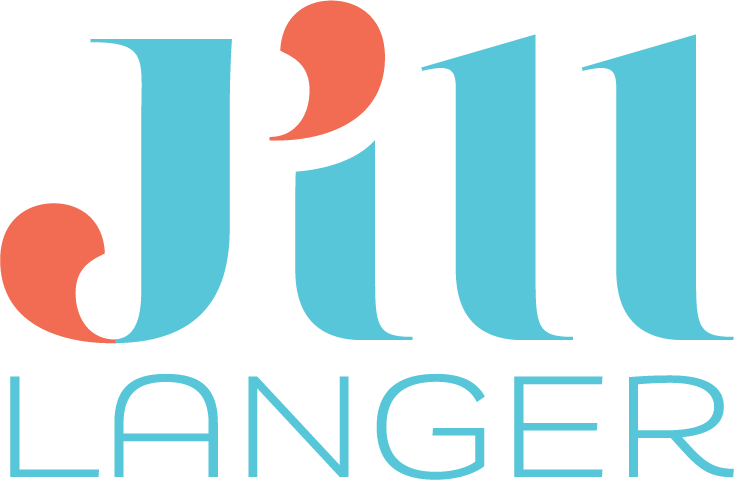bikablo - A Quick Start Guide to Learning Essential Visual Vocabulary
Courtesy of: Martin Haussmann, bikablo
Sketchnoting or visual note-taking works a lot like writing. To begin, you will need paper and a pen – and then some basic visual vocabulary that we’ve developed here at bikablo. Of course, a little practice will come in handy, too – but this usually happens all on its own. Then, you’ll be taking your first steps toward becoming a visualizer. A few images from our book, “UZMO – Thinking With Your Pen” will help you to get started.
Visual Vocabulary
Have you ever drawn an arrow? Of course you have! I personally have always been fascinated by this graphic, which was used as far back as in the days when our ancient ancestors were making the first cave drawings. Even today, an arrow is a visual indication of how humans expand their spheres of activity: whenever we use an arrow, we are indicating a direction or illustrating a process or trend.
There are other visual vocabulary symbols that have also remained simple and easy to draw. Anyone can sketch a thin line, a circle, a triangle, or a square. With these simple shapes, you will already have a strong foundation to build your visual vocabulary.
Try a simple exercise! This sketch, for instance, documents a conversation between colleagues, each of whom has a different opinion. What do you think – is the conversation going smoothly?
It doesn’t look like it. Now, create a drawing of the same situation yourself and try to use arrows to indicate how such a conversation might play out.
Thought Sketching: Transforming Graphic Elements to Imagery and Stories
To help you work with colleagues by using sketchnoting to achieve a more in-depth analysis of technical problems, in the next step, you'll learn how to use individual vocabulary elements to create entire sentences and, then, complete stories. For instance, a couple of more complex examples of thought sketches look like this:
If you're looking for inspiration, you can, of course, use our bikablo icons card set, which we created for visual group work and creative methods. These will give you additional important tips for getting started in creating thought sketches of conversations.
If you’re looking for inspiration, you can, of course, use our bikablo icons card set, which we created for visual group and creative methods. These will give you additional important tips for getting started in creating thought sketches of conversations.
A bikablo basics training is also a great way to start building your visual vocabulary. Head over to my courses page for upcoming in-person and online trainings.






